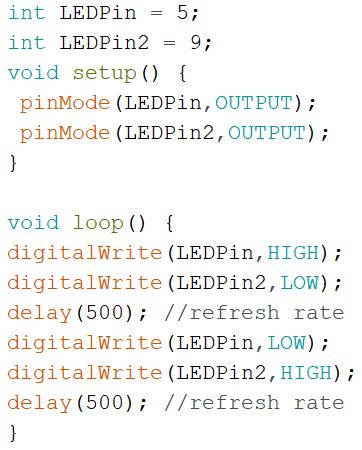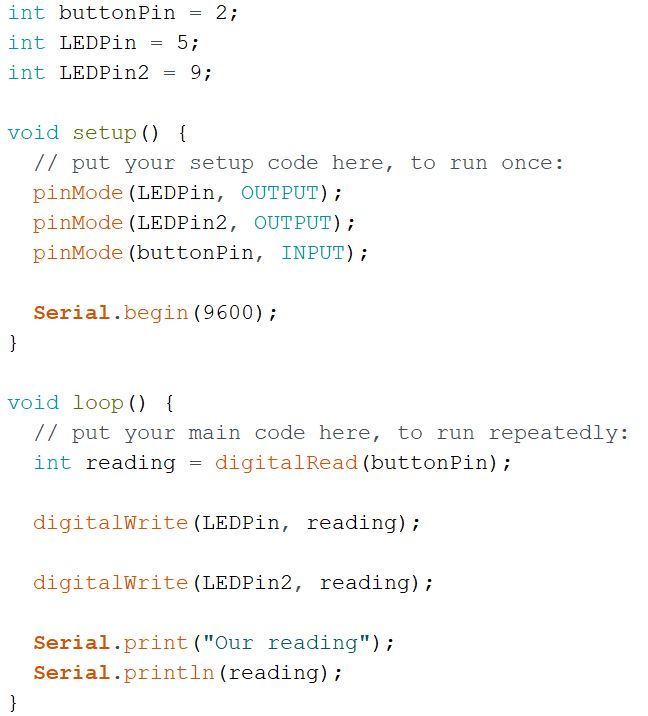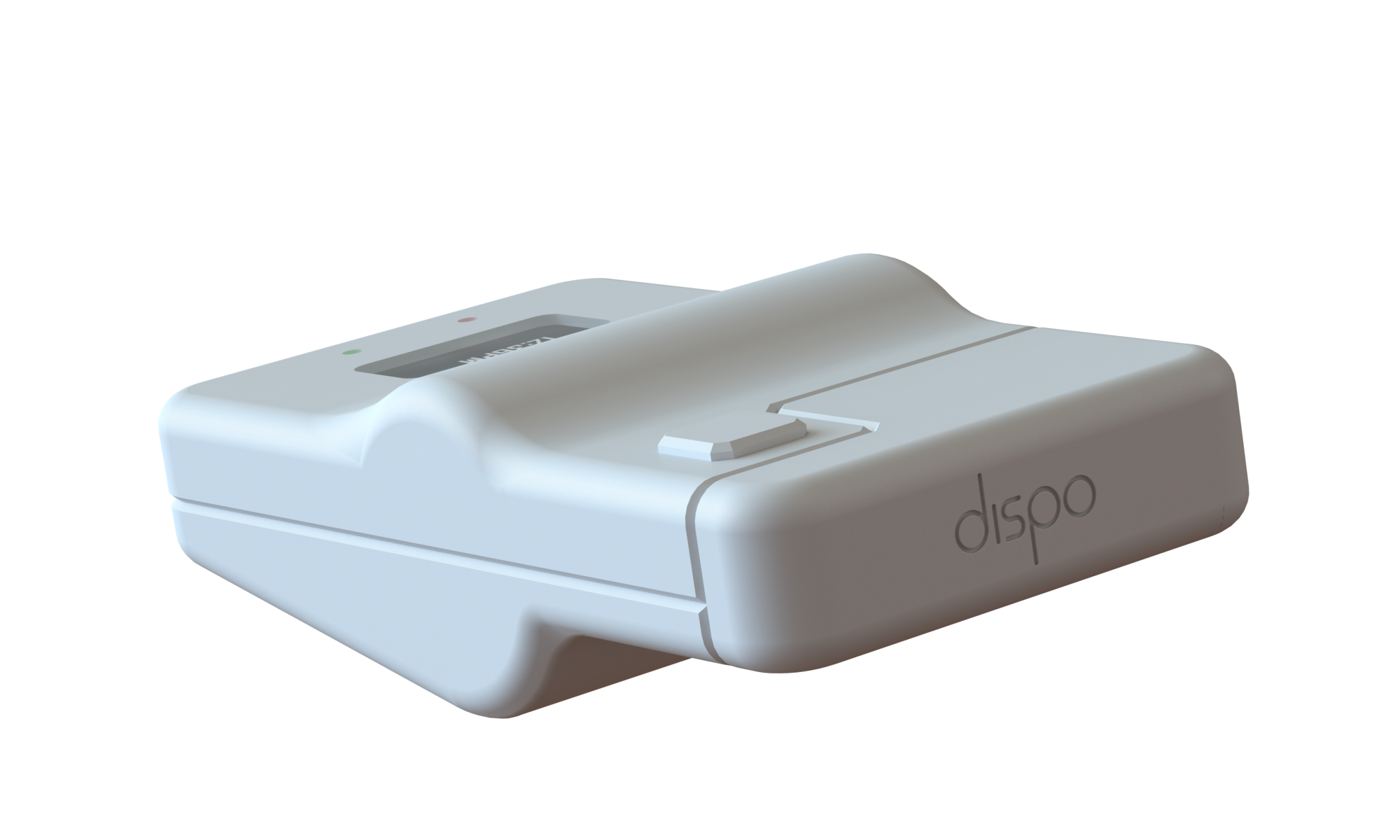Week 1 Lecture P.1 – Interaction
- Types of interaction (Physical & GUIs)
- ID6 is about the design of interactive products (Designing dynamic products/ UX and people engagement/ Object behaviour/ Learning by creating/ Proof-of-concept/ Designing with electronic specs)
- Learning outcomes (Knowing emerging trends/ Using design narratives/ Producing cost-effective manufacture/ Communicating/ Integrating/ Managing design teams and external stakeholders)
Week 1 Lecture 1 P.2 – ID6 Design Project
- The project for this semester is based around the concept of ModBox, a safer alternative to traditional boxing that is growing internationally
- Interactive gloves and scoring system
- Youth at risk based programs
- Fun/ fitness/ confidence
- Option A (System to support) and Option B (New-to-world accessories)
- Project partners – Professor Allan Hahn (University of Canberra/ Researcher/ Creator of ModBox interactive gloves) & Mr Paul Perkins (University of Canberra PhD/ ModBox coach)
- ModBox created out of concern (Medical/ Legal/ Social/ Ethical)
- Reducing injury risk and removing ‘intent to harm’
- Original sensor tech in vests (Bend (PVDF) sensors)
- Now uses an interwoven filament to detect shortcircuit connection with glove
- Increased partipation vs. standard boxing program (Especially in female and family demographic)
- Participant age range 10-60 years old
- Focus on safety, belonging, treated as athletes, fun, skill development, performance over competition
- Has spread to India (India making it their own with massive performance days with music and dancing)
- Impact reducing glove (Reduces punch with bladder and bleed valve system)
Breaking Down the Project – ModBox
- Focus on safety
- Focus on personal confidence and skill development
- Focus on fun
- Focus on fitness
- Focus on welcoming environment for all parties
- No intent of harm (All for the fun of it)
- Extremely wide participant demographic (10 – 60 years old/ female, male and X)
- Focus on further spreading the sport
- Focus on further developing the technology in the sport
Week 1 Lecture P3. – Tech Task
- Exploring tangible interaction
- Making things talk (Arduino/ Prototyping)
- From scifi to everyday objects
- 5 – 50 years in the future
- One ordinary activity
- Everyday contexts
- Plausible
- Metaphors
- Feedback, attention and status
- Develop an interactive prototype of a tangible interaction
- Demonstrate the use of 2 inputs and 2 outputs
- Using sensors for tracking
- Fun interaction
- Prototyping with arduino for tangible interactions with tracking functions
Breaking Down the Project – Tech Task
- 5 – 50 years in the future
- Choose an activity
- Develop an arduino prototype
- Use 2 inputs and 2 outputs
- Using sensors for input
- Have fun with it!
Weekly Reading Analysis
Reading 4. – Technological foundations and current status of a modified, low-risk form of competitive boxing
- Boxing commonly used for fitness
- Common fear of possible injury and pain and avoid participation
- BoxTag – low risk, modified boxing
- Prohibited impacts to head and impacts above moderate force
- Steadily increasing in popularity
- Low injury rate
- Diverse participants (gender, age, race, ability)
- Physiological and perceptual data recorded shows BoxTag is a high intensity sport and good for building general physical fitness
- Connection between lack of transition from training to competitive involvement in traditional boxing
- It is suggested that repetitive head injury can lead to permanent brain damage and a variety of off shooting issues. A highlighted clinical symptom is traumatic parkinsonism
- Risk for both amateur and professional boxers
- Rising medical involvement in the field may reduce this damage
- Similar issues in football when relating to repetitive head injuries
- Suggested that youth shouldn’t be allowed to participate in the sport until the minimum age of 16 is met
- This is so they can make an informed decision about the sport at a reasonable age while being able to identify and judge the risk
- Reflect -> Plan -> Act -> Observe -> Repeat
- Major focus on improving sport technology to make BoxTag and associated sports safer
- Significantly lower injuries recorded
- Boxing Australia official adopted ModBox as the community level boxing program
- Endorsed by Professor John Pearn
- Very physical demanding
- Tech advancing, less transceivers required
- Less transceivers equals less information but enables for durability and reliability from the system
- Need to reduce costs
Arduino Tutorial Tasks (Experimental)
The Friday tutorial was our first chance to experiment in an organised learning environment, with all previous learning being self-led.
The lesson involved learning about Arduino, it’s UI, features and it’s endless uses. The set tasks involved variations of a simple circuit to control a singular or set of LED’s via software or hardware. These tasks are described and shown below.
Task 1
This task involved a simple circuit to make a LED ‘blink’ at a set speed. The circuit involved a resistor and LED in series, leading from the 5v pin to the earthing pin. The resistor was used to reduce current flow to allow the LED to only access the correct voltage. This task was helpful to get a solid base understanding of the Arduino system.


Task 2
Task 2 was more or less a more advanced variation of task 1, requiring a modification to both the software program and circuit setup. Another LED and resistor was added in, with each LED being assigned to its own pin, which is used to control whether the LED is on or off, and the frequency at which it changes. This task was helpful in taking the next step in understanding how components can work together and around each other.


Task 3
This task involved adding a button into the circuit, that would also output a signal into the Arduino software, allowing the Arduino to register when the button was being press or not being pressed. This was an interesting task as it was the first time I had used an external input to control a function, rather than said functions being controlled via software.

Task 4
This is a personal experiment, wanting to see if I could change the code to make both LED turn on when I pressed the buttom. By adding a few lines of code it was done and I could now switch on both lights using the single button.

Overall I have just scratched the surface on the possible uses of Arduino, and look forward to future experimentation with the platform in both tutorials and future prototypes.

